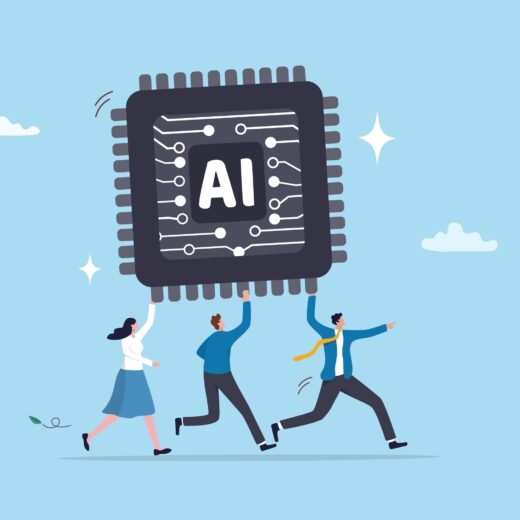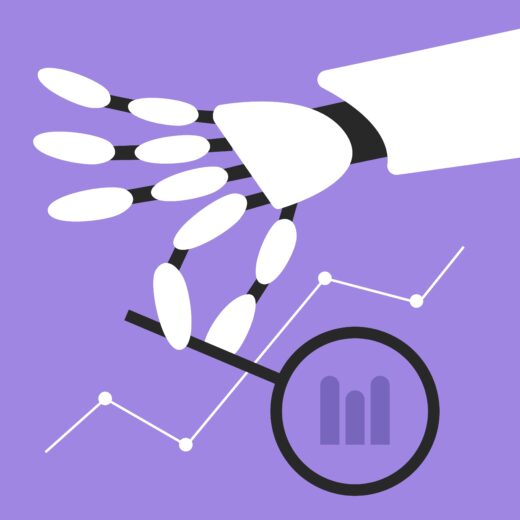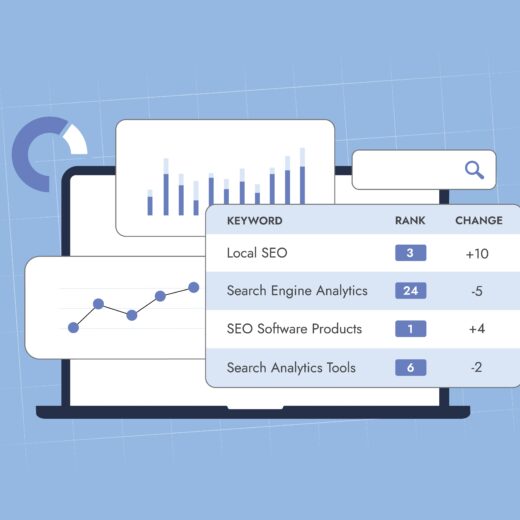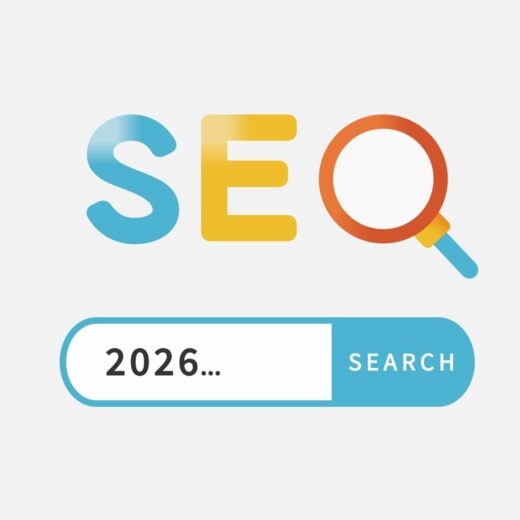How AI Is Transforming Web Design in 2025

Artificial Intelligence (AI) has been steadily reshaping the digital world, and in 2025 it has become one of the most influential forces in web design. From creating personalised user experiences to streamlining development processes, AI is helping businesses and designers alike to build smarter, faster, and more engaging websites. Let’s explore how AI is transforming web design this year.
Personalised User Experiences
One of the most exciting developments is the rise of hyper-personalisation. Instead of showing the same content to every visitor, AI-driven websites can now adapt dynamically to each user. By analysing behaviour, browsing history, and preferences, AI algorithms deliver tailored layouts, product recommendations, and even colour schemes that align with a user’s tastes.
For businesses, this means higher engagement, longer time on site, and improved conversion rates. For users, it creates a smoother, more relevant browsing experience.
Automated Design and Development
Gone are the days when web design was solely a manual process. In 2025, AI-powered tools can now generate entire website layouts in minutes. Designers can input brand guidelines, colour palettes, and content, and AI systems create responsive, user-friendly templates ready to use.
This automation doesn’t replace human creativity, it enhances it. Designers can spend less time on repetitive tasks like formatting or coding, and more time focusing on strategic design decisions and storytelling.
Smarter Chatbots and Virtual Assistants
AI-driven chatbots have become an integral part of modern websites. In 2025, these bots are no longer clunky or robotic, they’re conversational, empathetic, and able to understand context in a way that feels natural. They can answer FAQs, guide users through complex processes, and even assist with purchases in real time.
For businesses, this reduces customer service costs and ensures 24/7 availability. For users, it creates a seamless and supportive experience without needing to leave the site.
Accessibility and Inclusivity
AI is also helping websites become more inclusive. Accessibility features, such as real-time text-to-speech, voice navigation, and automatic image descriptions, are powered by advanced AI systems. These tools ensure that websites are usable by people with different abilities, opening digital doors for wider audiences.
With regulations around accessibility becoming stricter worldwide, AI solutions are proving invaluable in keeping websites compliant while ensuring inclusivity.
Predictive Analytics for Better Decisions
Another major benefit of AI in web design is predictive analytics. By studying user data, AI can forecast what visitors are likely to do next and adjust the site accordingly. For example, an e-commerce website might display personalised product bundles or offer discounts based on a user’s behaviour.
This ability to anticipate needs makes websites more proactive rather than reactive, improving both customer satisfaction and business performance.
The Future of AI in Web Design
AI is not replacing human web designers, it’s reshaping their role. While machines handle automation and personalisation, designers are free to innovate, experiment, and craft unique brand experiences. The partnership between human creativity and AI efficiency is setting a new standard for what websites can achieve.
As 2025 continues, AI will remain at the forefront of web design, making websites smarter, faster, and more intuitive than ever before.







